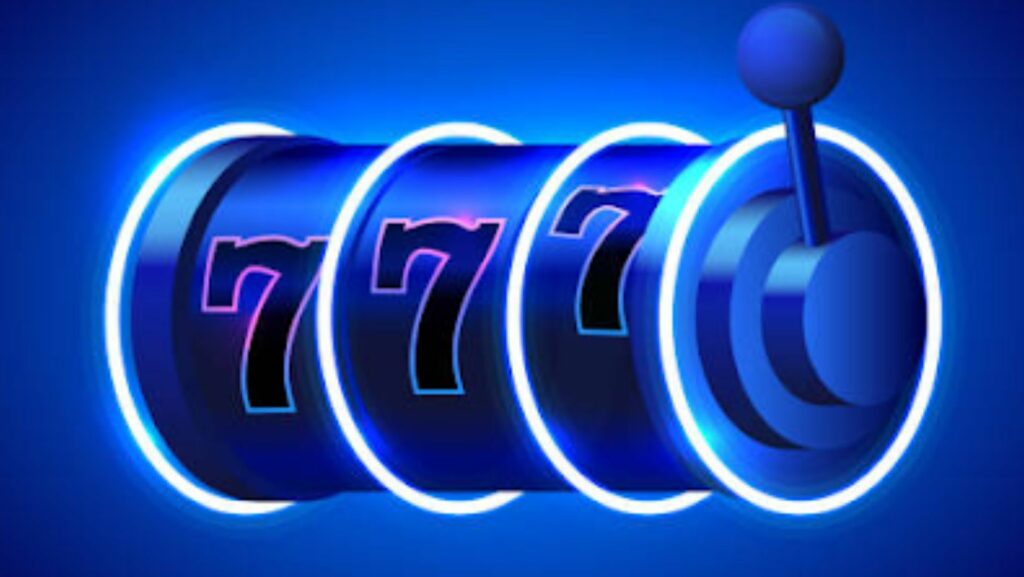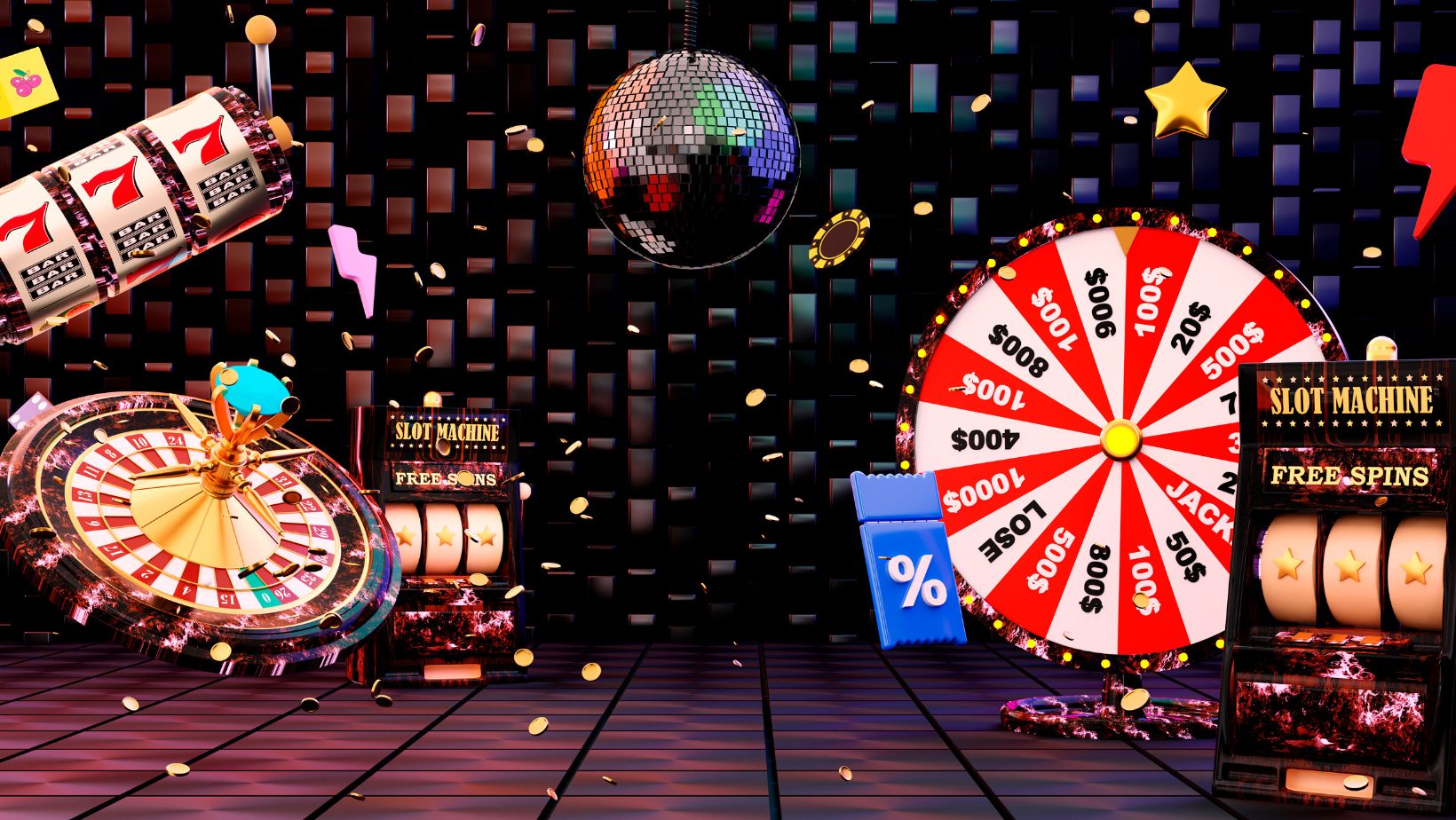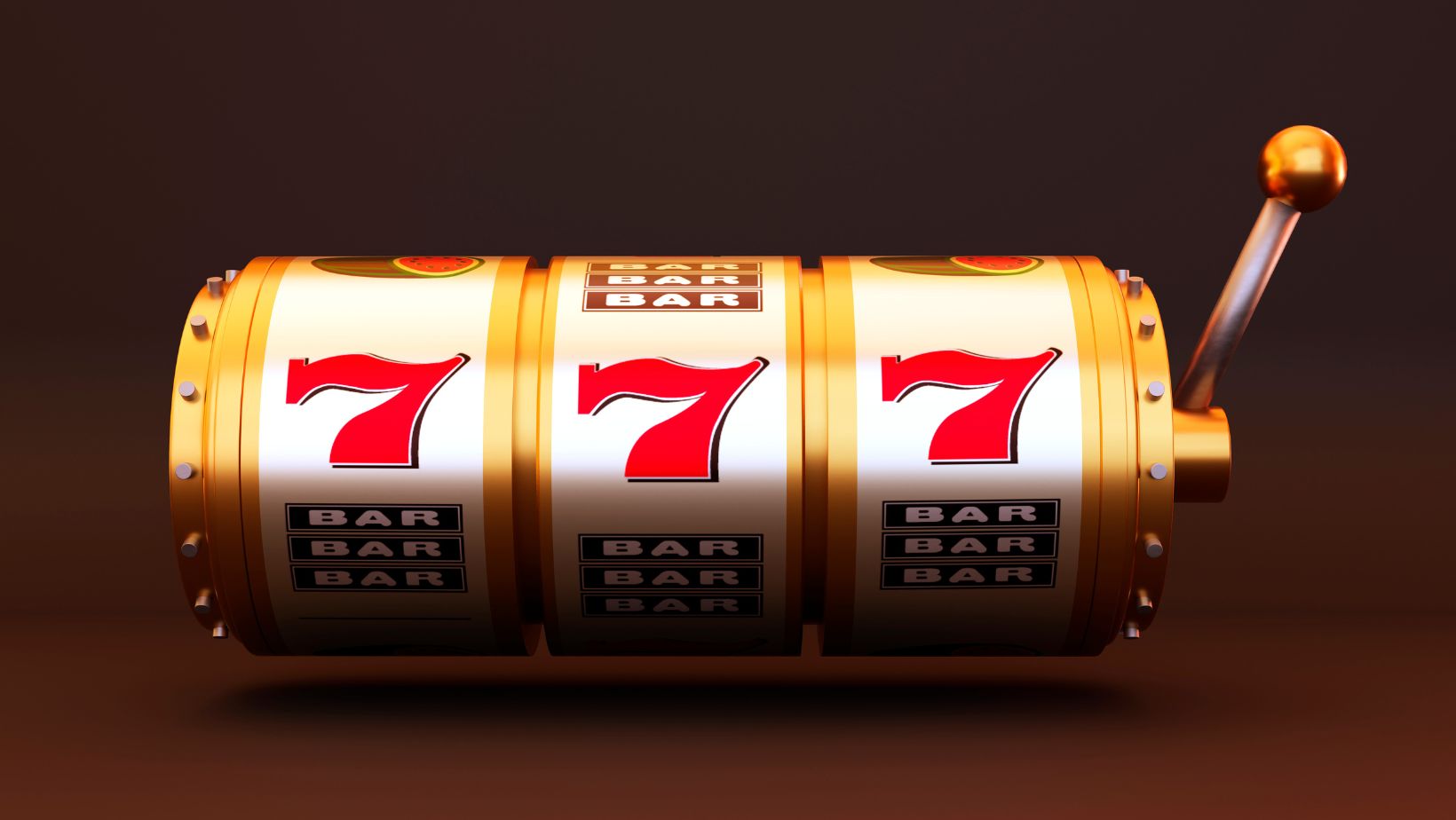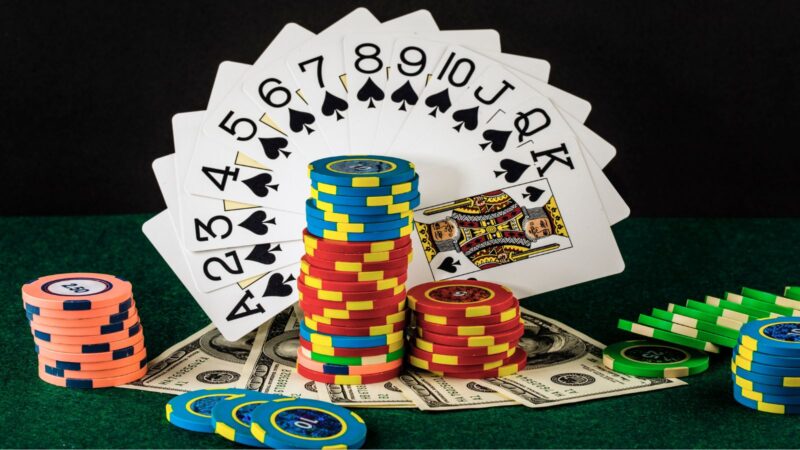
Online slot games are among the most popular forms of entertainment in the digital gaming world. Their appeal lies not only in the chance to win but also in the captivating designs, themes, and gameplay mechanics that keep players engaged. Designing a successful online slot game is a complex process that blends creativity, psychology, and technology. This article delves into the creative process behind these games, exploring how ideas are transformed into compelling experiences that capture the essence of luck and chance.
The Initial Spark: Conceptualizing the Game
Ideation and Theme Selection
Every online slot game starts with an idea. This could be inspired by anything from mythology, pop culture, or historical events to entirely original concepts. The ideation phase is where creativity flows freely, as designers and developers brainstorm various themes and gameplay ideas. The goal is to come up with a concept that is not only visually appealing but also resonates with players on an emotional level.
Choosing the right theme is crucial. Themes like ancient Egypt, pirates, and fantasy worlds have been perennial favorites, but innovation often lies in finding unique and untapped ideas. The selected theme will influence every aspect of the game, from the symbols used on the reels to the background music and bonus features. It’s essential that the theme is engaging and has the potential to draw players in, making them want to explore the game further.
Crafting the Experience: Game Design and Development
Storyboarding and Visual Design
With a clear concept and a solid understanding of the market, the next step is to bring the idea to life through storyboarding and visual design. Storyboarding involves creating a visual roadmap of the game, outlining how the reels will spin, how bonus features will be triggered, and how different game elements will interact.
Visual design is a critical component of this phase. Designers work on creating the symbols, backgrounds, and animations that will define the game’s aesthetic. Each symbol must be carefully designed to align with the theme and be easily recognizable. The background and interface should complement the theme, creating an immersive environment that enhances the overall player experience.
Developing Mechanics and Game Features
Beyond visuals, the gameplay mechanics and features are what keep players engaged over time. This phase involves defining how the game will play out, including the number of reels, paylines, and special features like wilds, scatters, and bonus rounds. Developers aim to create a balance between simplicity and complexity, ensuring that the game is accessible to new players while offering depth for experienced ones.
Special features like free spins, multipliers, and interactive bonus rounds are often the highlights of a slot game. These features not only add excitement but also give players the chance to win big. Developers experiment with different mechanics to find the perfect combination that enhances the theme and provides a satisfying gameplay experience.
Audio Design and Sound Effects
Sound is an often-overlooked aspect of slot game design, but it is crucial in creating an immersive experience. Audio designers work on crafting sound effects and background music that match the theme and enhance the gameplay. The right sound effects can make winning spins more exhilarating and losing spins less frustrating.
Testing and Refinement: Ensuring Quality and Fairness
Quality Assurance and User Testing
Before a slot game can be released to the public, it undergoes rigorous testing to ensure that it is free of bugs and operates smoothly across different devices. Quality assurance (QA) teams play a vital role in this process, testing every aspect of the game, from the basic mechanics to the bonus features and user interface.
User testing is also conducted to gather feedback from actual players. This feedback is invaluable in identifying areas where the game can be improved. Developers may make adjustments based on this feedback, refining the gameplay, adjusting the difficulty, or tweaking the visual and audio elements to better meet player expectations.
RNG Certification and Fairness
One of the most important aspects of any mahjong ways 2 slot game is ensuring that it is fair. This is achieved through the use of a Random Number Generator (RNG), which determines the outcome of each spin. The RNG must be thoroughly tested and certified by independent organizations to ensure that it operates fairly and unpredictably.
In addition to RNG certification, developers also calibrate the game’s Return to Player (RTP) percentage. The RTP represents the amount of money that is returned to players over time, and it must be set at a level that is both fair to players and profitable for the operator. Achieving this balance is critical to the game’s long-term success.
Conclusion
Designing an online slot game is a complex and multifaceted process that requires a blend of creativity, technical skill, and strategic thinking. From the initial concept to the final product, each step of the process is carefully planned and executed to create a game that is both engaging and fair. The combination of compelling themes, innovative mechanics, and high-quality visuals and audio is what makes online slot games so appealing to players.
As the gaming industry continues to evolve, the creative process behind slot games will continue to adapt and innovate, pushing the boundaries of what is possible and offering players new and exciting ways to experience the thrill of the spin.














